Quick Response [QR] Codes
Editor's Note
I had never heard of QR codes 12 months ago and I had to ask Caroline what they were when she said she wanted to do a post on them!! Little did I know how important they would become in my life!
But what is just as important to us are our subscribers and this morning we extend a very warm welcome to I.B. in the USA who has joined us as our newest subscriber.
The support from our subscribers is amazing - thank you. And now over to Caroline and those tiny but significant QR codes.
Recently I went to the library to research a post for AnArt4Life and I had to log in via a QR code prior to entry. I am sure everyone has their ‘QR code battle' stories.
I think plenty of people must have had an issue with the QR code at my Library as a Librarian had set up a makeshift desk to write down people's contact details and confirm their QR code: everything was very ‘convoluted’.
QR code is short for Quick Response code, and I note my attempted entry to the library was far from quick, but I acknowledge QR codes are effective way of information gathering, and in current Covid-19 times, can be extremely helpful for contact tracers.
The interaction at the library piqued my interest about the history and design of QR codes so I invite those who may be interested to read on.
The predecessor of QR codes was the barcode which are on all products purchased at the supermarket and elsewhere. Barcodes were developed in the U.S. in 1948 and came to prominence during the 70s, especially in retail and manufacturing.
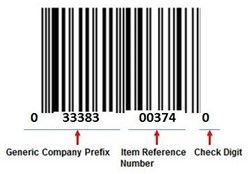
Limitations of these one-dimensional codes are many. They can easily be damaged, preventing them from working, they can only store 20 alphanumeric characters and if the item is small, a barcode may not fit on it at all.
Two dimensional barcodes were developed in the 80s but did not gain traction as they remained proprietary to each developer.
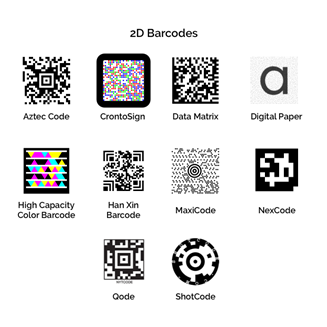
In 1974 Toyota was not happy with the Barcode system used in their automobile factories. They wanted more speed and an error-free assembly line. The company assigned its sister concern, Denso Wave, to come up with a solution.
It was Masahiro Hara from Denso Wave who developed the Quick Response Code or QR Code.
Denso Wave decided to make the specifications of the code public so anyone was free to use it. The company still holds the patent rights but have decided not to exercise them. This move allowed widespread adoption of the technology.1

Advantages of QR Codes over Barcodes
a. Storage Capacity: QR Codes can store up to 7,089 numeric characters;
b. Smaller Size: For the same data, a QR Code takes up lesser space compared to a Barcode;
c. Orientation: A QR Code is scannable from any angle;
d. Encoding: QR Codes can encode numeric, alphanumeric, binary, and Kanji^ characters;
e. Error Correction: QR Codes remain scannable despite wear and tear (up to 30%)1.
^Kanji (漢字), one of the three scripts used in the Japanese language, are Chinese characters, which were first introduced to Japan in the 5th century via Korea.2 There are over three thousand regular-use Kanji, out of a possible 50,000 characters!
A QR code can be used to order food, pay bills, verify authenticity/identity or even can be placed on a headstone. The code then leads to a virtual grave site of the deceased.
The format information records two things: the error correction level and the mask pattern used for the symbol.3 The error correction uses mathematical error correcting formulae so the codes stay usable, whilst masking is used to break up patterns in the data area that might confuse a scanner, such as large blank areas.
Your eyes may glaze over if we go into further details, but the images below show how the complexity of the code can increase.
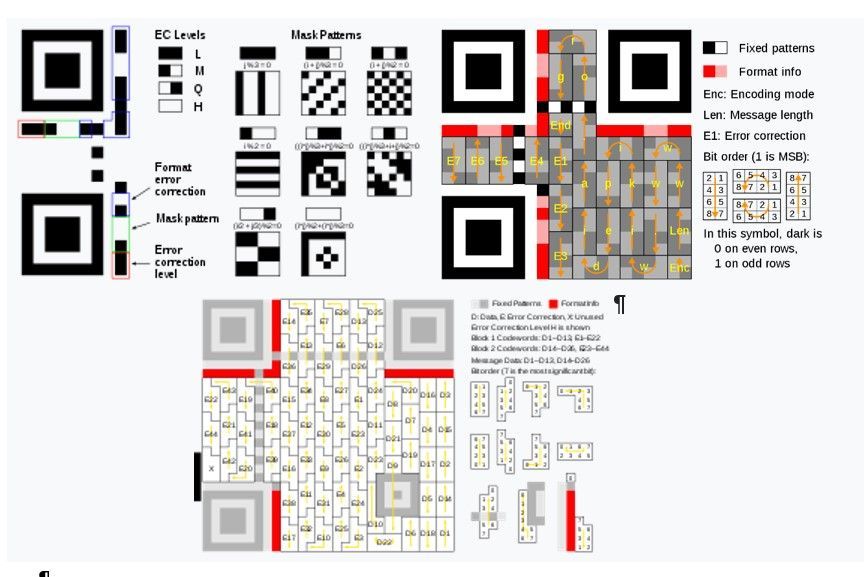
There are several standards that cover the encoding of data as QR codes: This picture below highlights the complexity the QR code.

Companies can create their own QR code to perform certain functions and brand it accordingly.
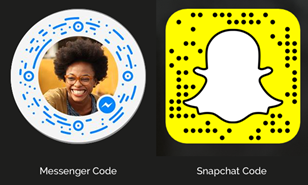
And yes, you can create your own QR code and have it tattooed onto your body! However, if it were me, I hope it would work longer than my mobile phone!
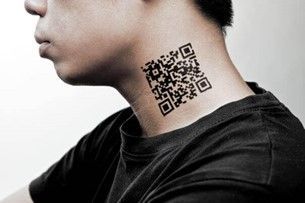
Footnotes
1Zara Rizwan – Scanova
2japan-guide.com
3en.wikipedia.org
